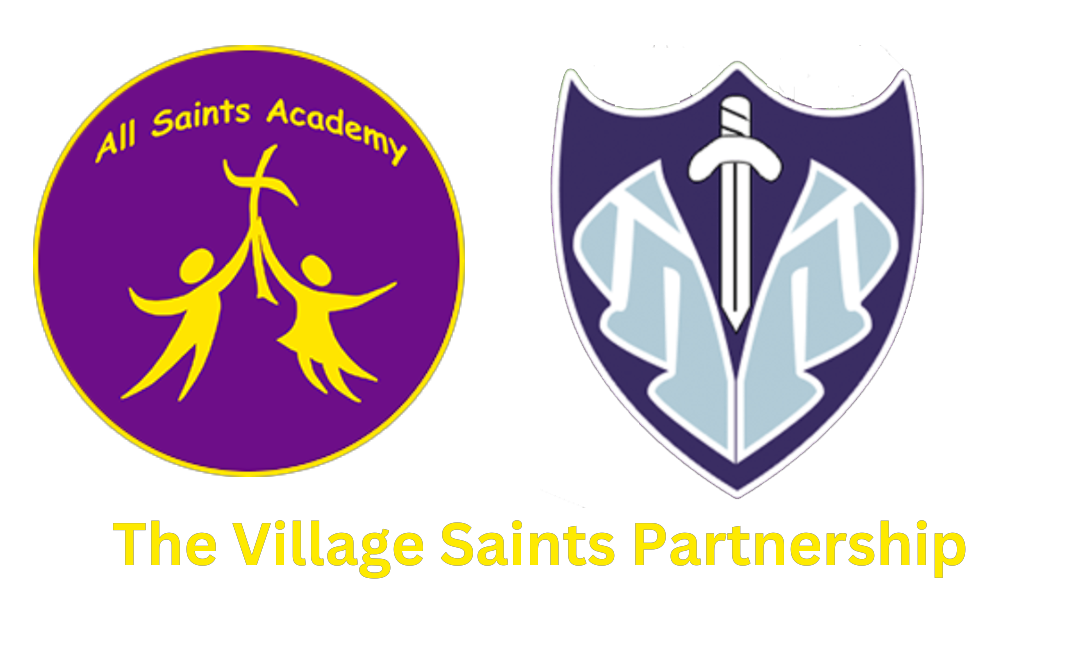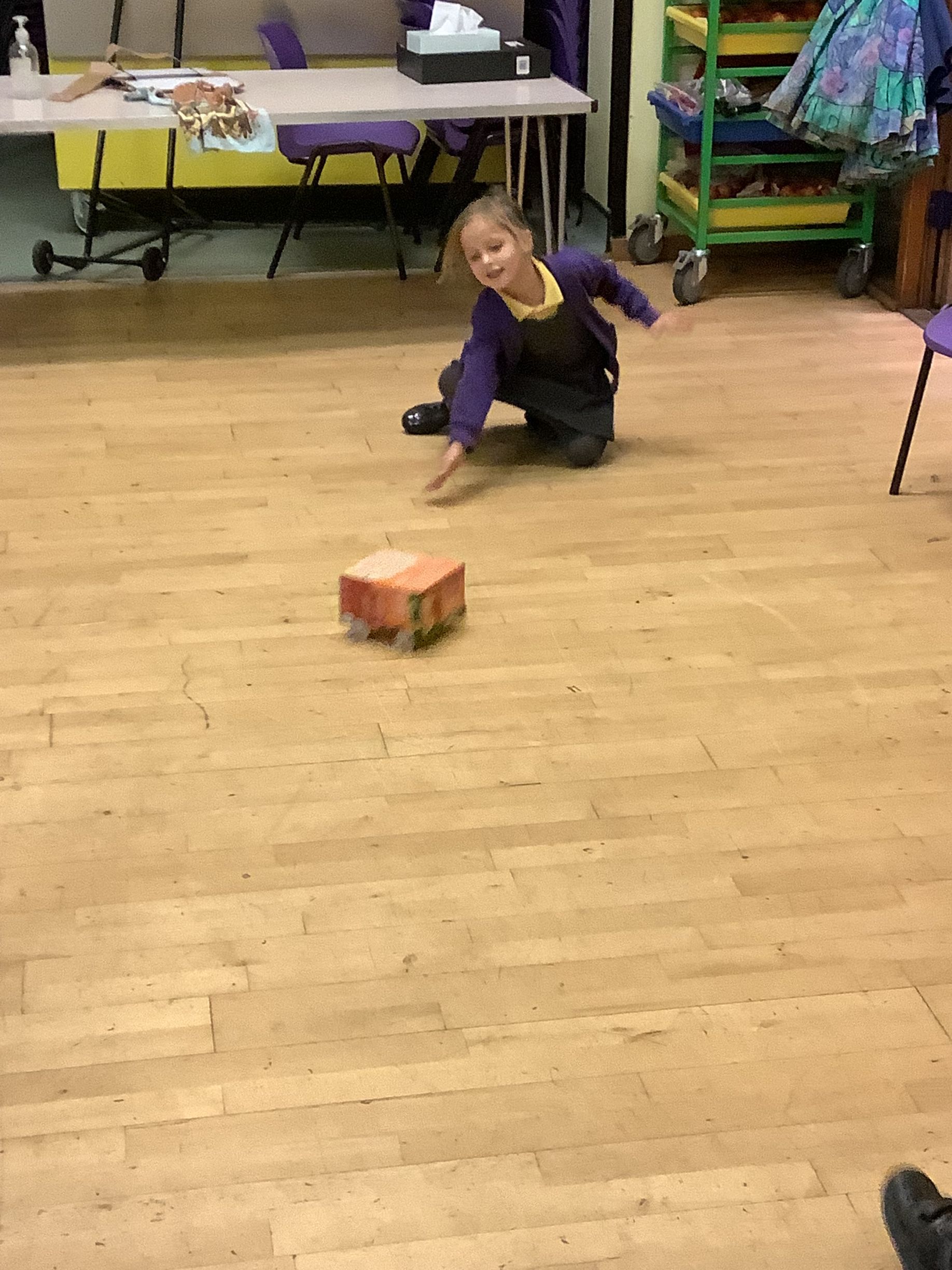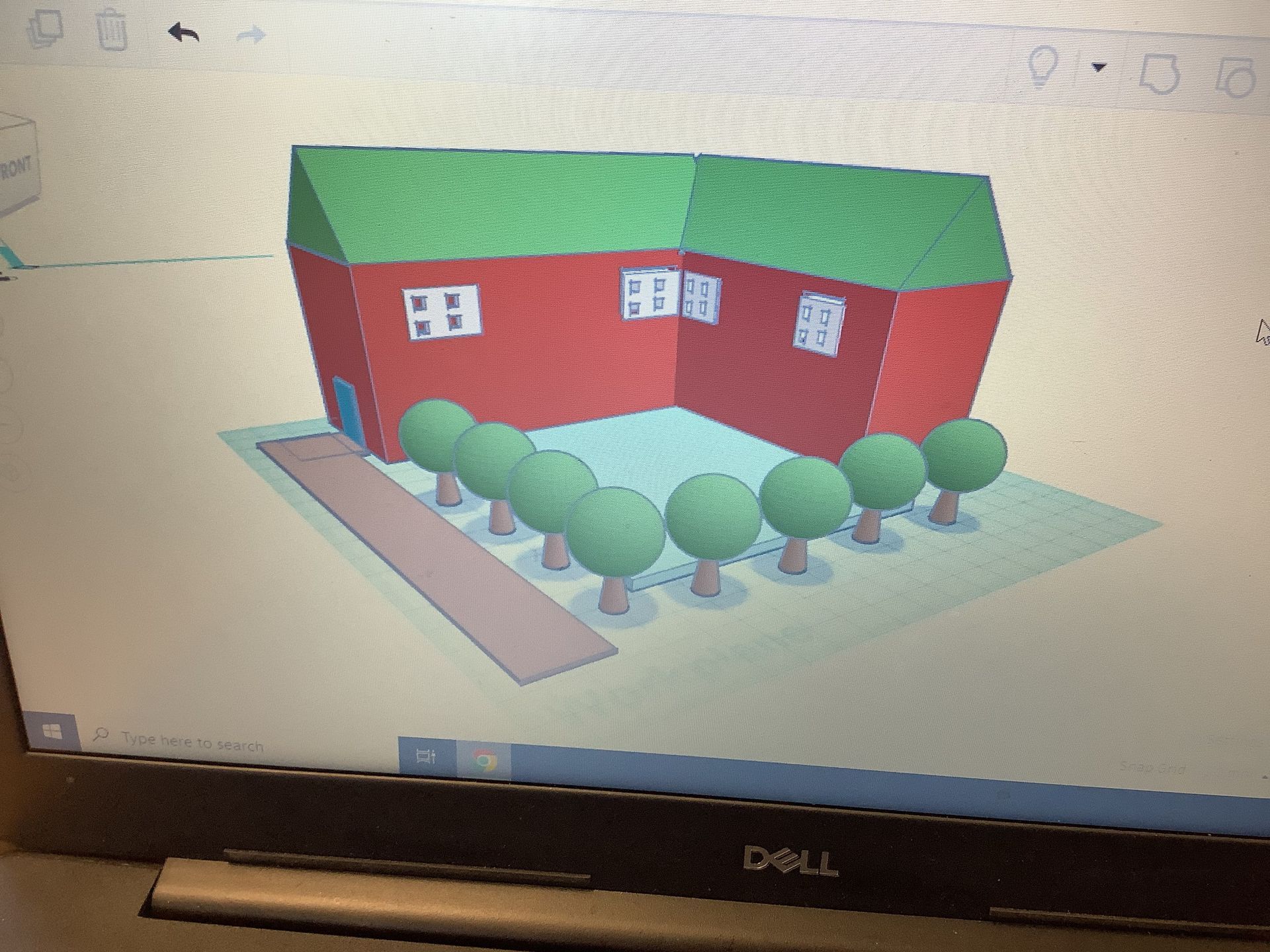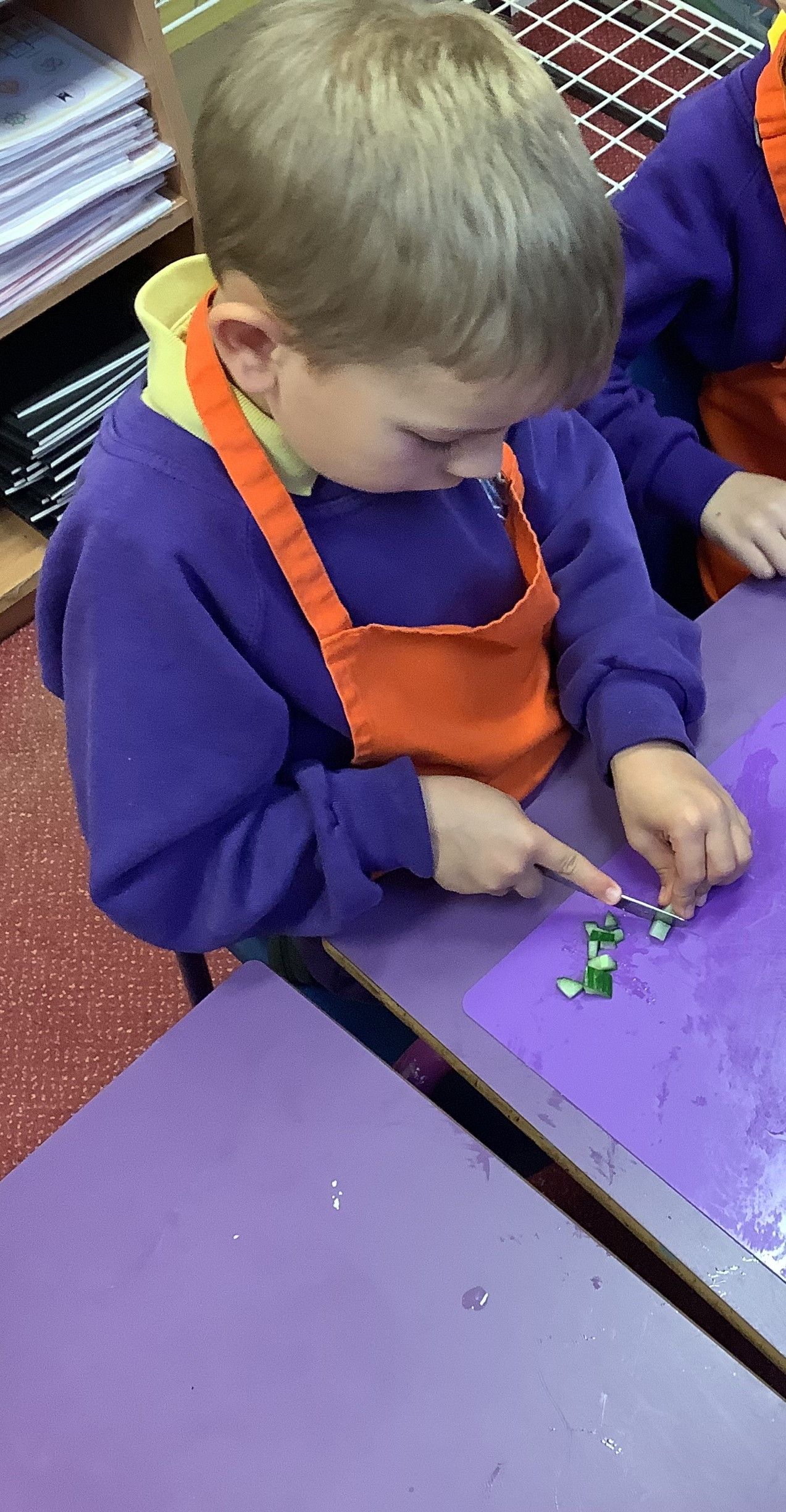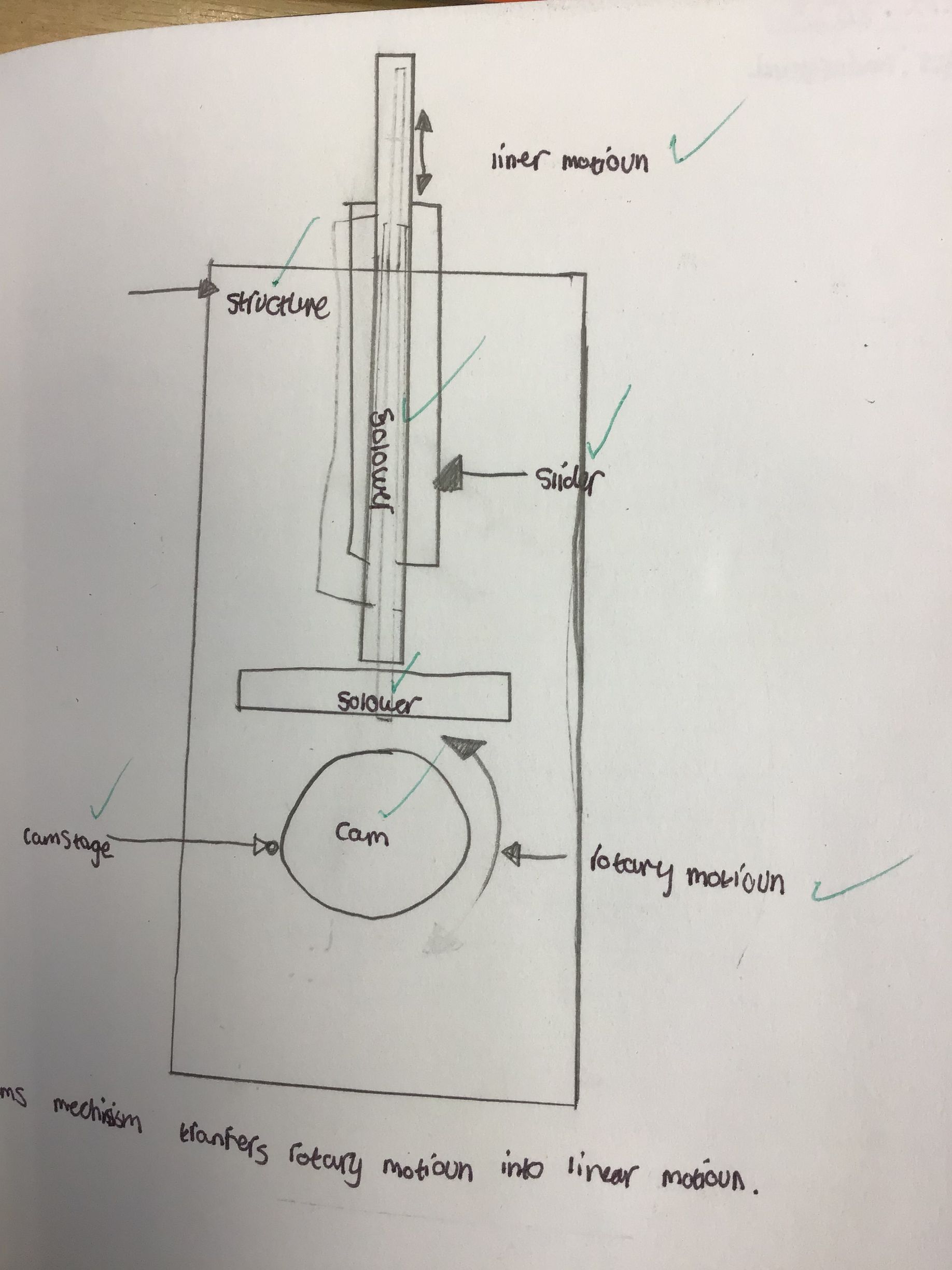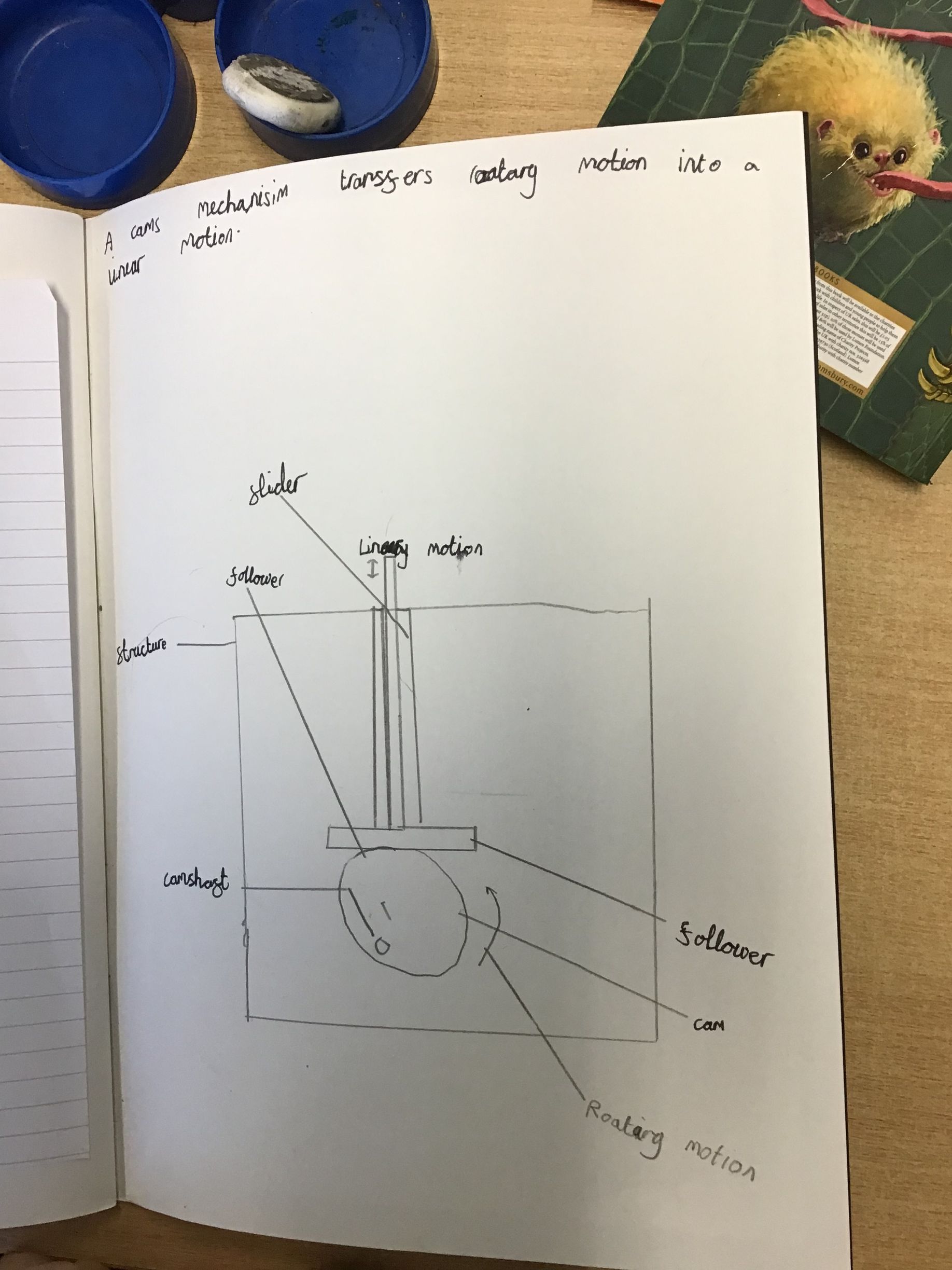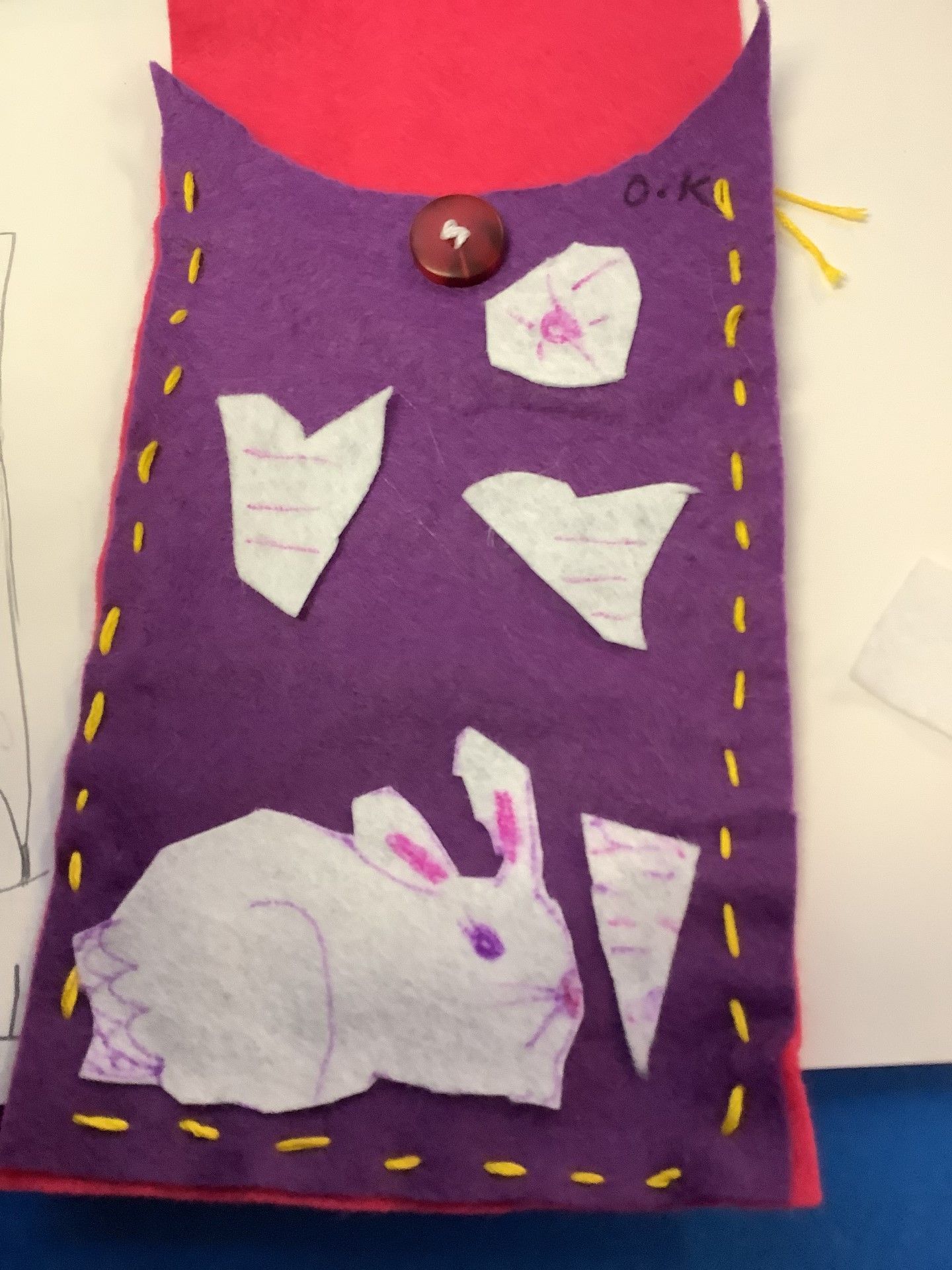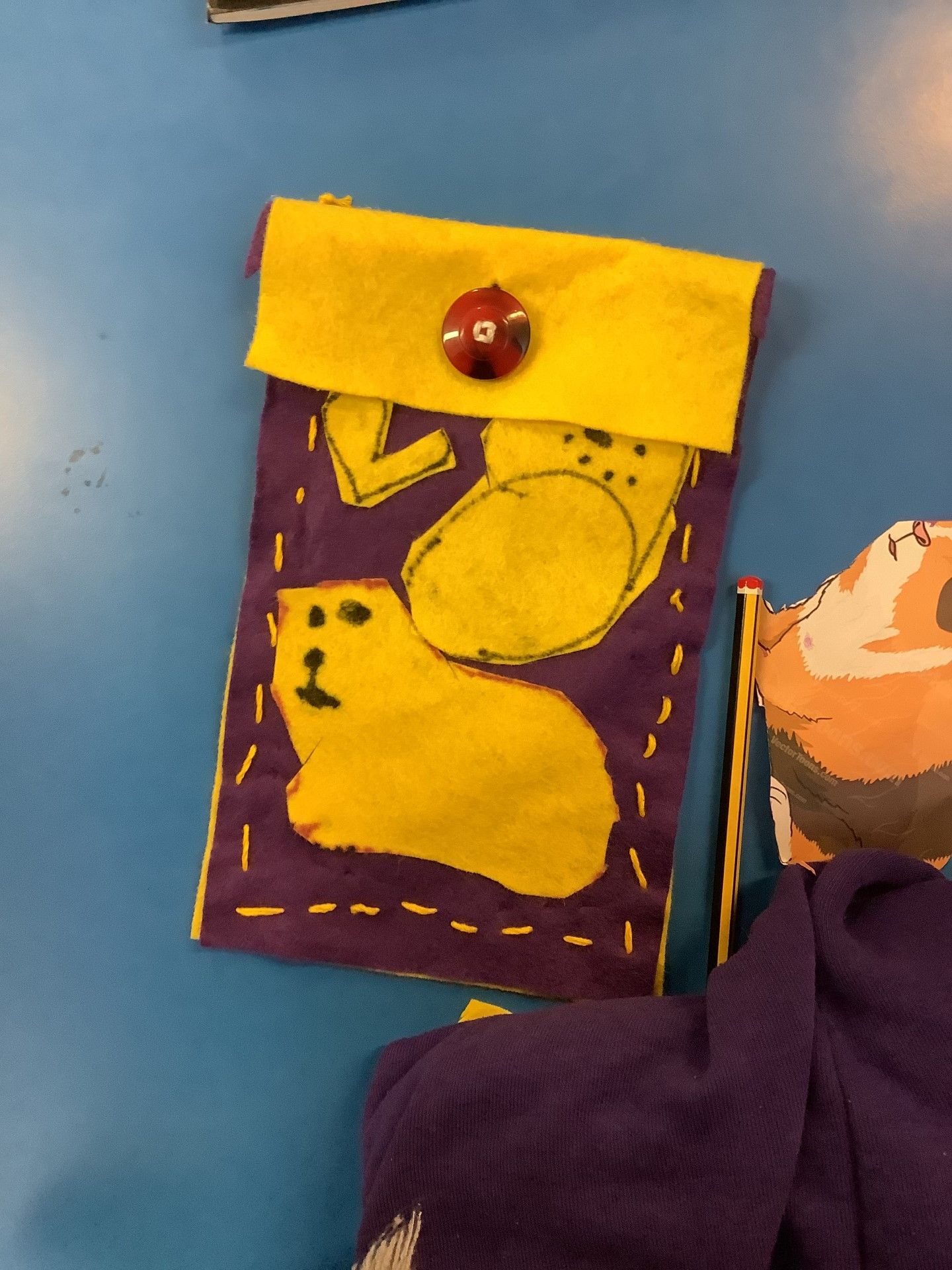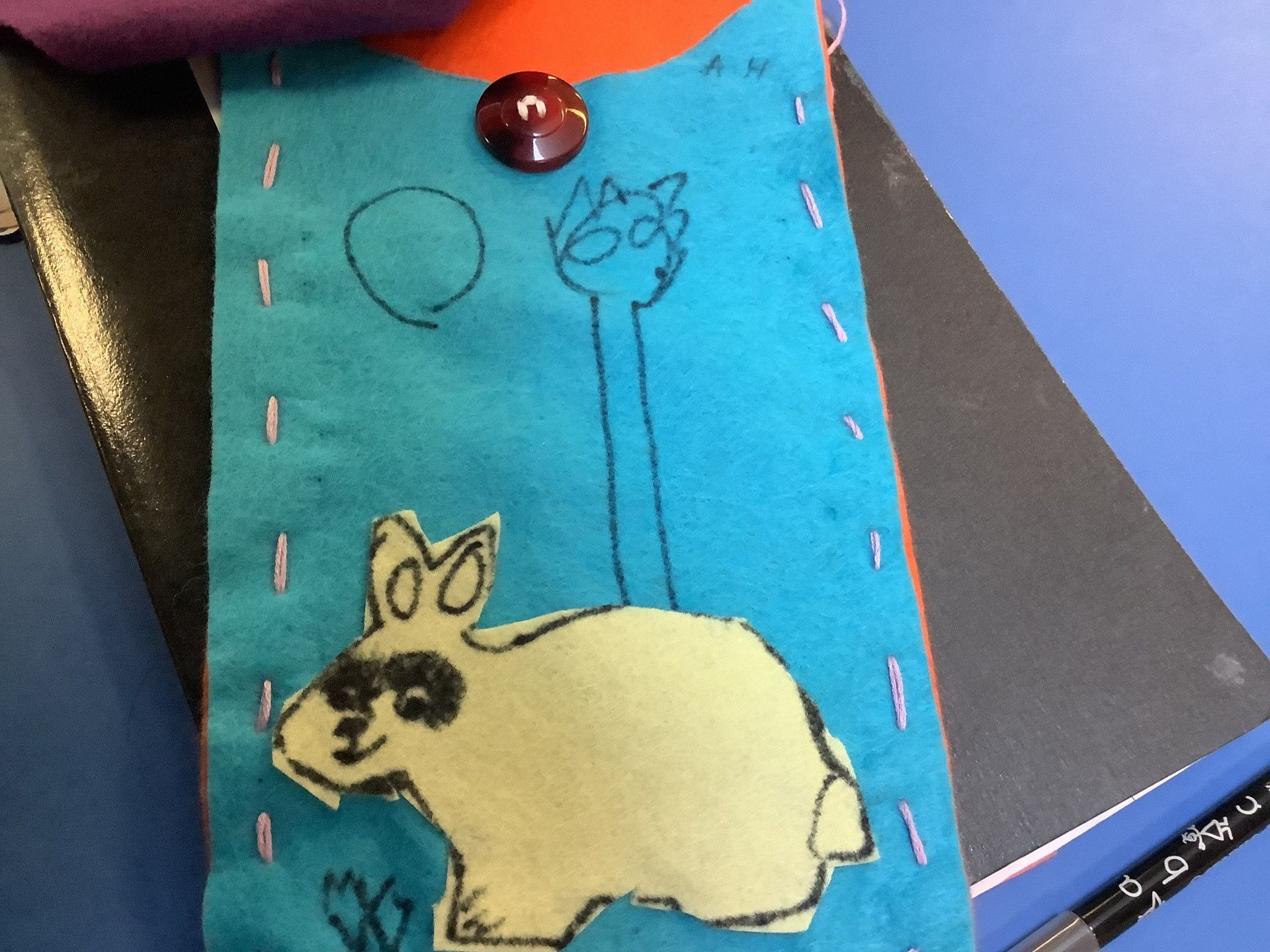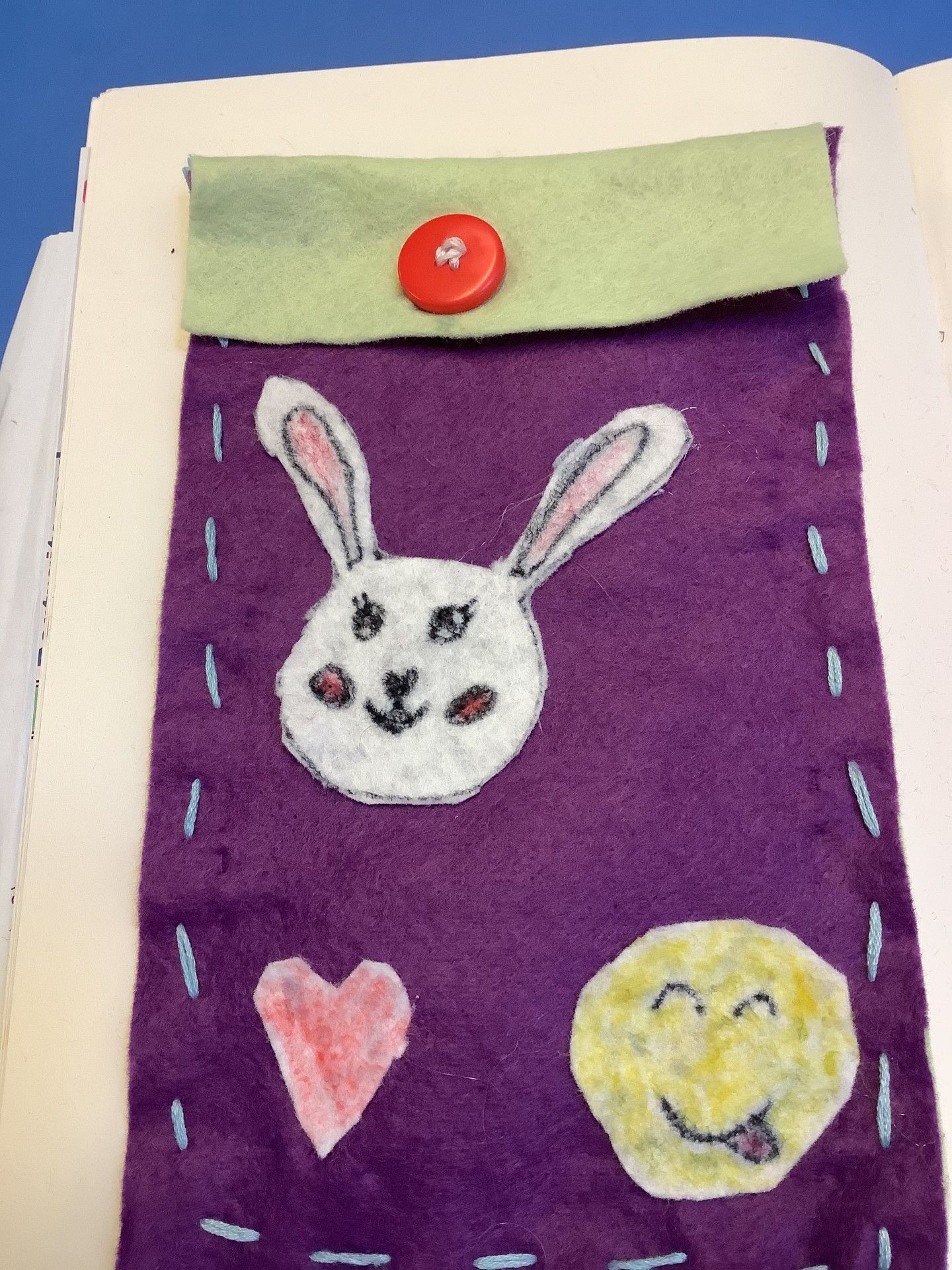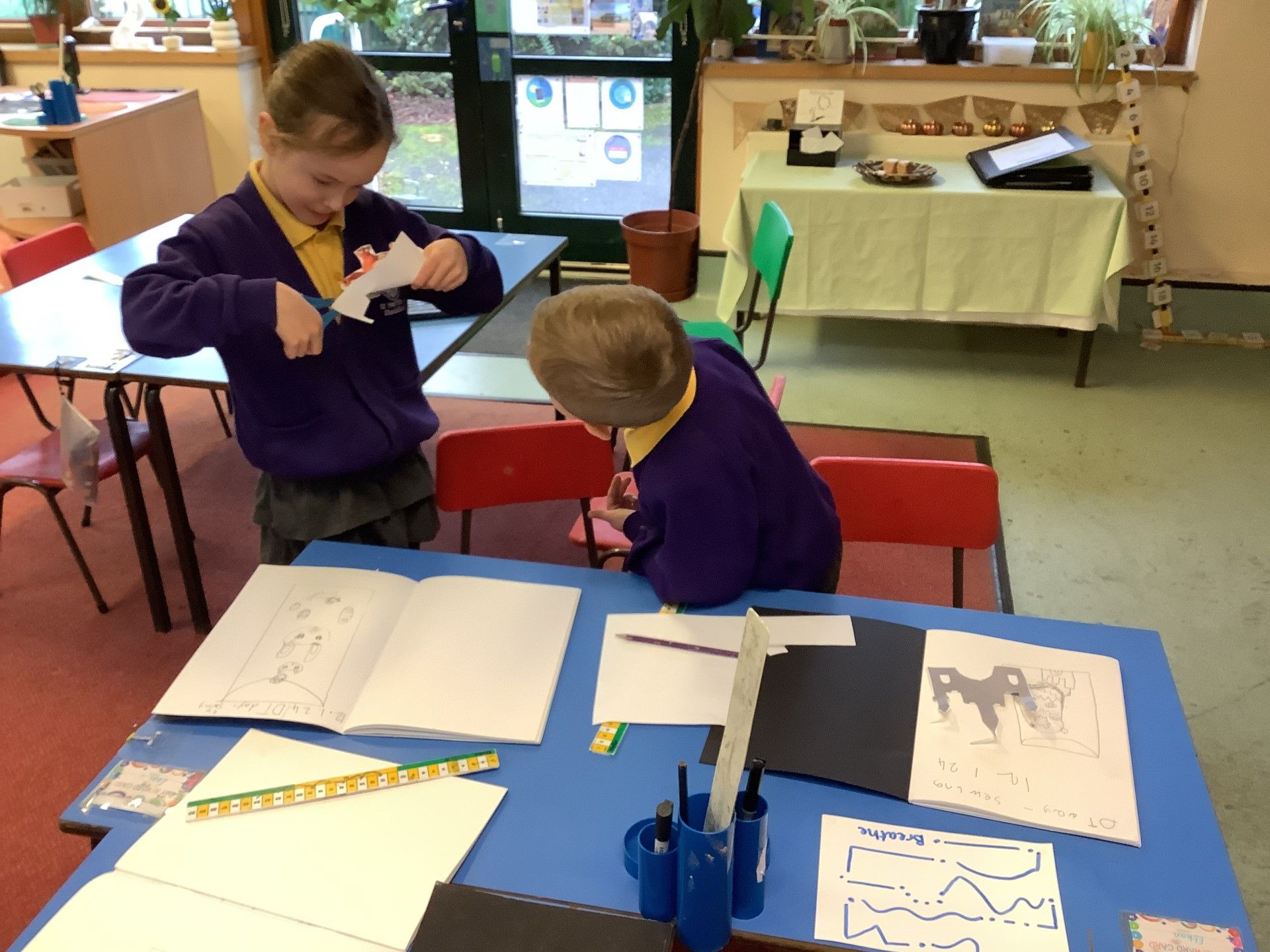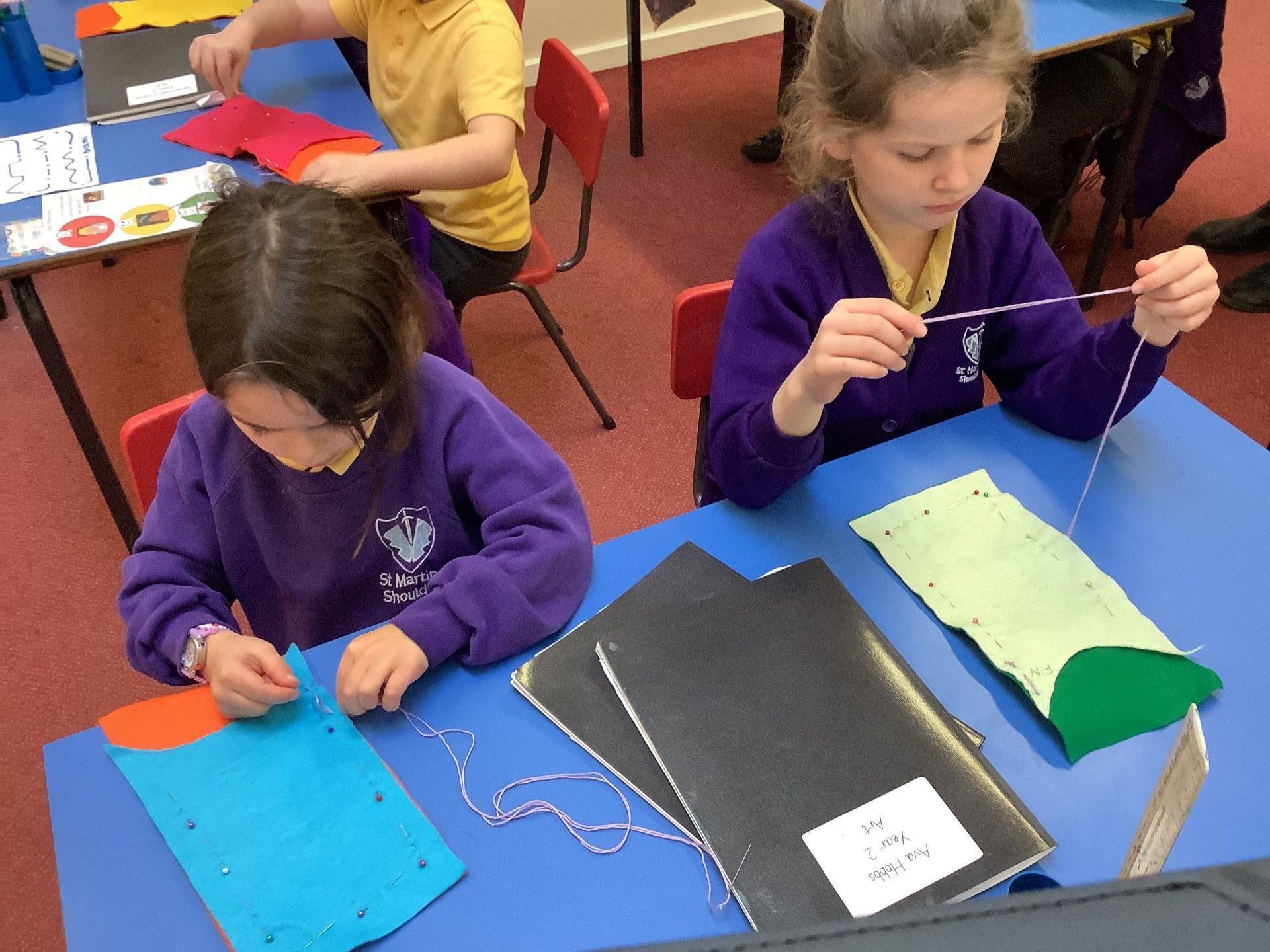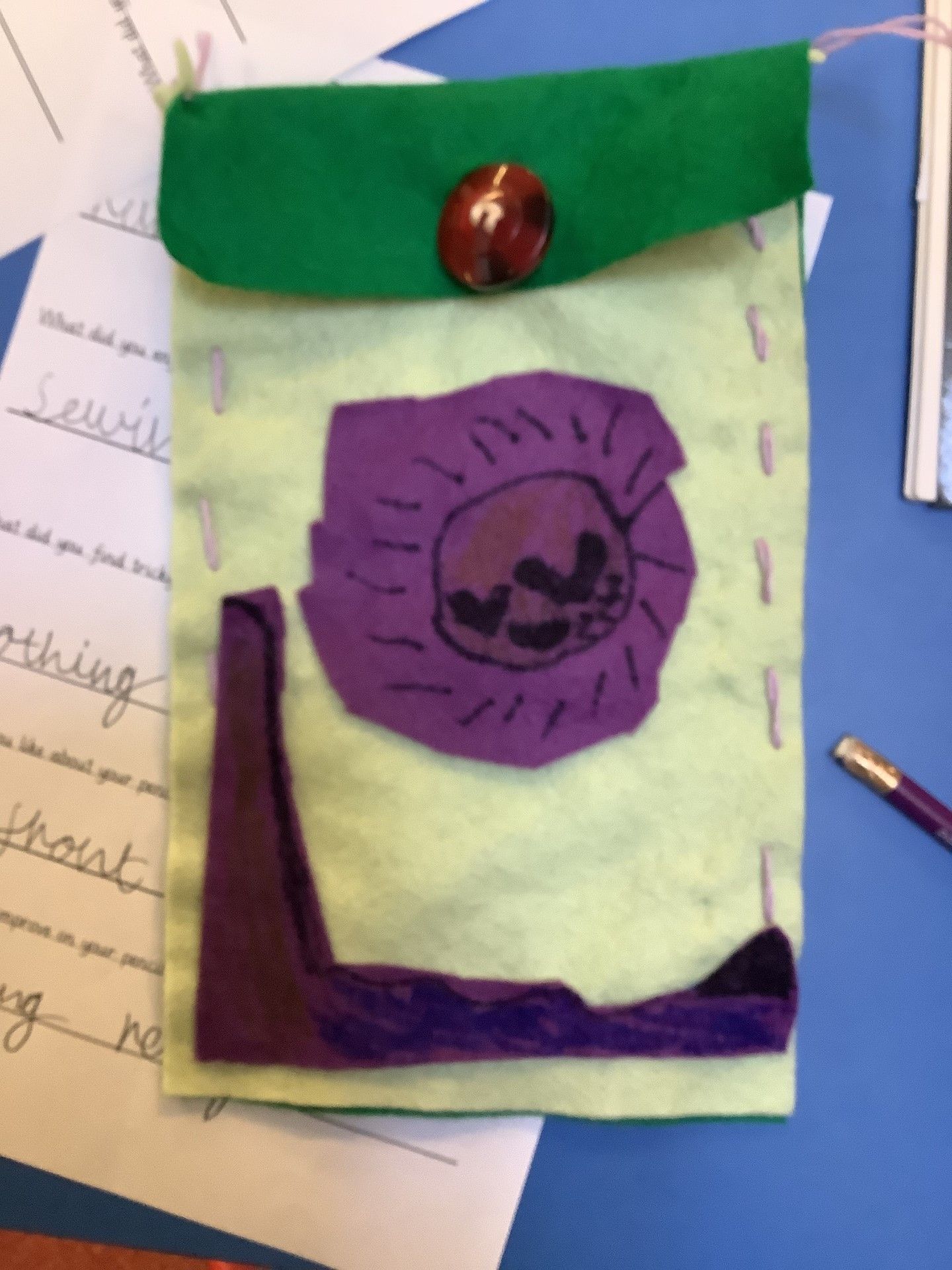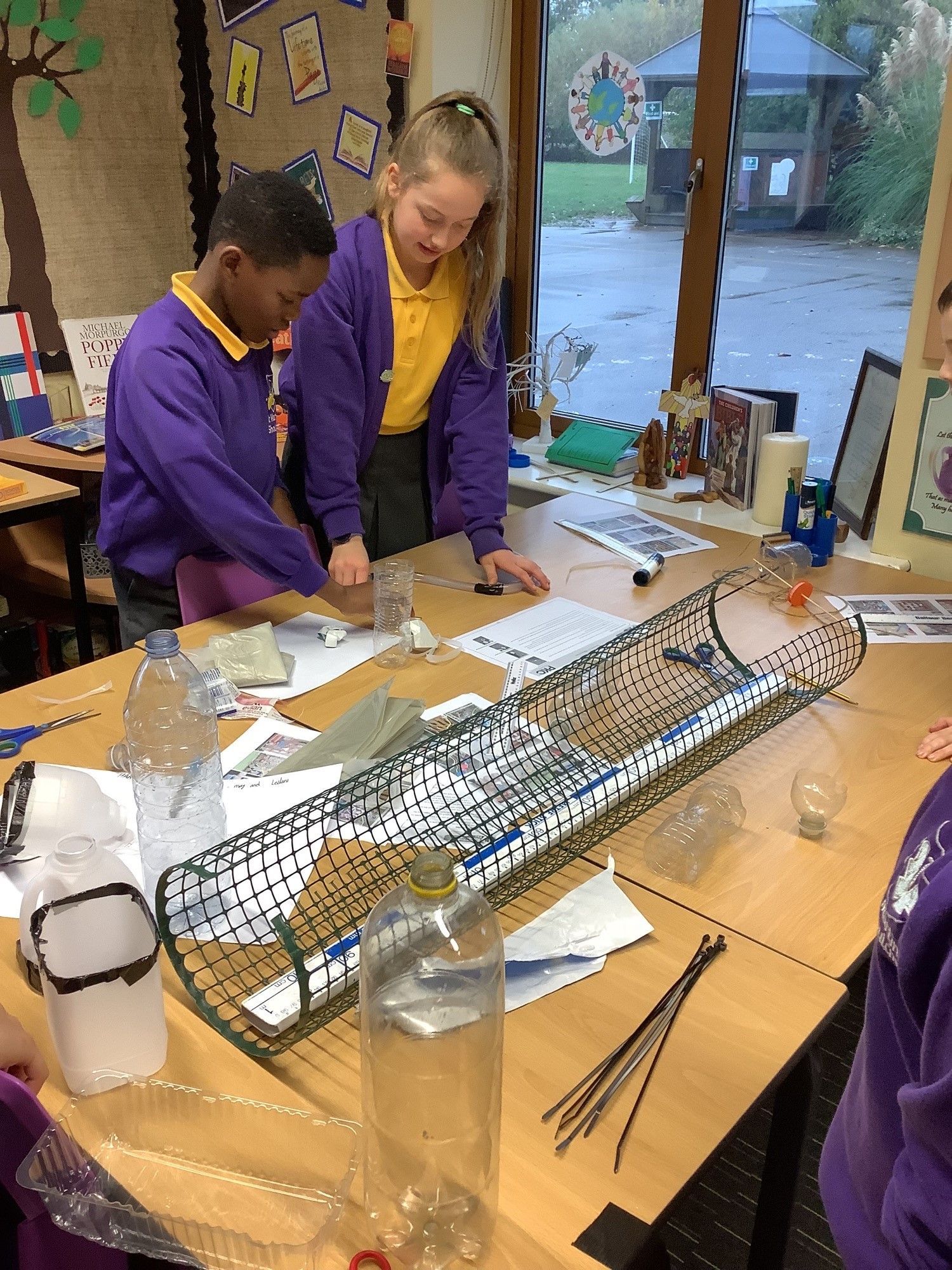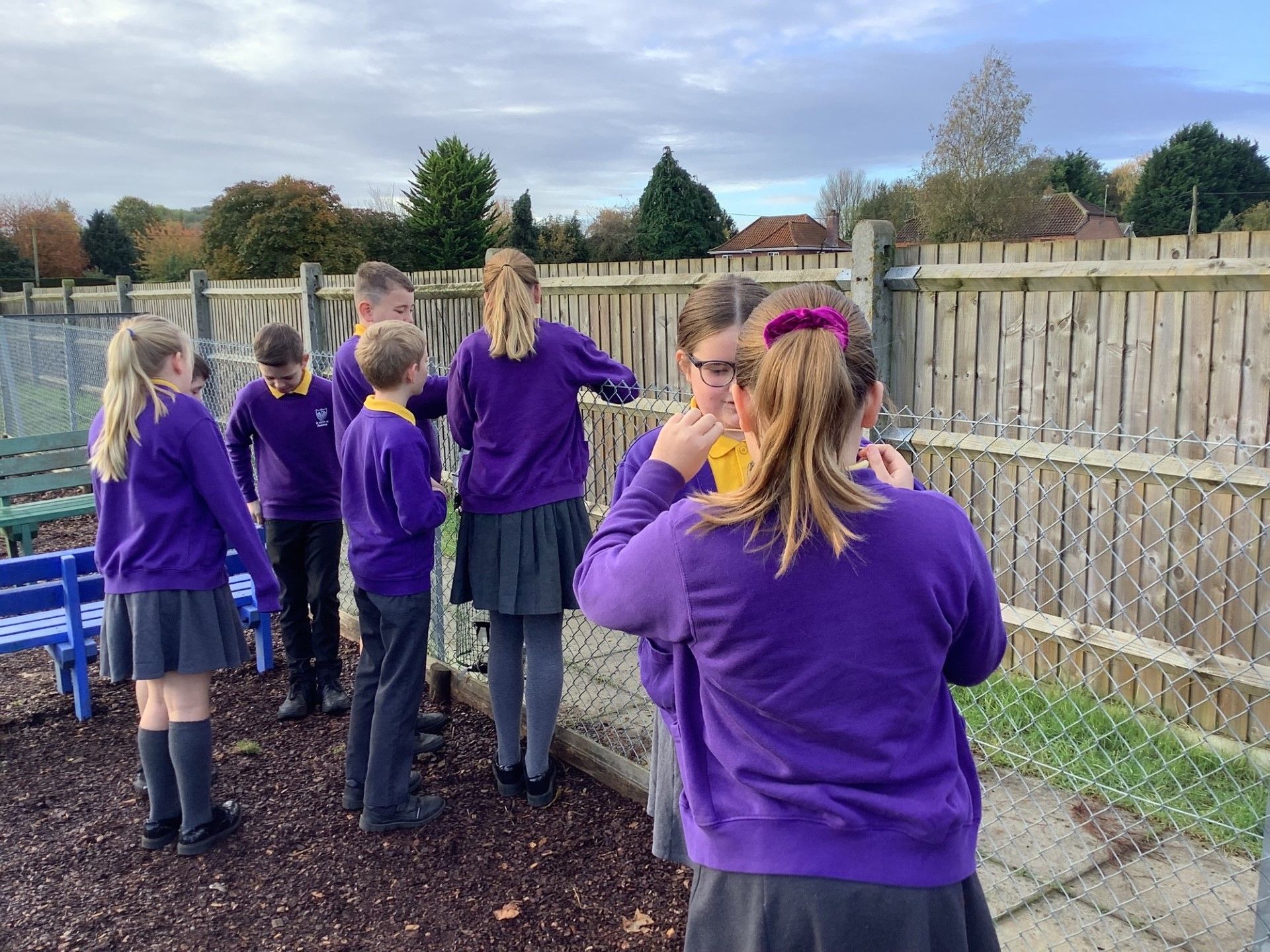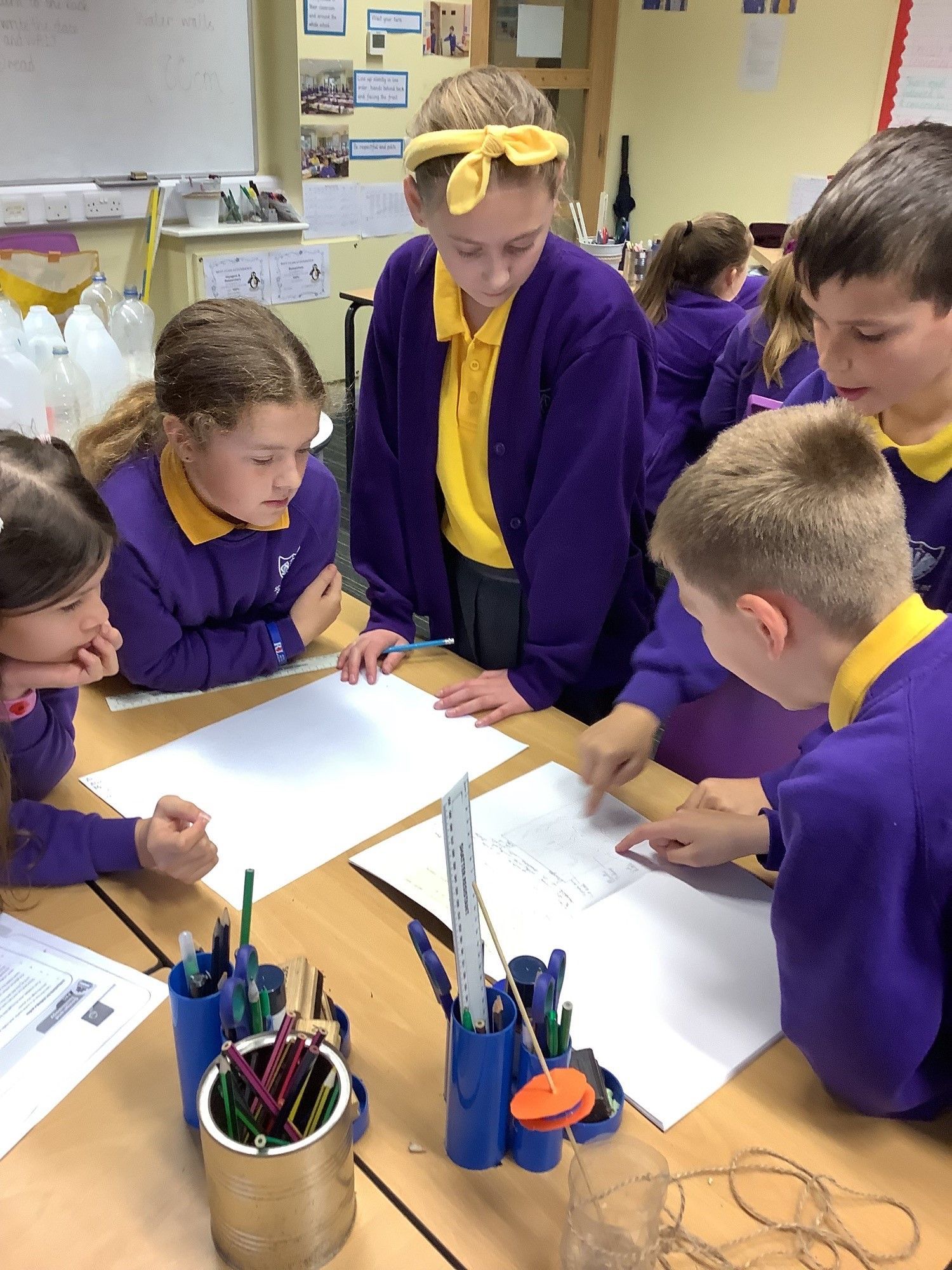
Design Technology Curriculum
Respecting, Generous and Achieving, Loving All Our Neighbours.
Welcome to Design Technology!
We believe that Design Technology helps to prepare children for the developing world and encourages them to become curious and creative problem-solvers. Design Technology learning within our partnership stems from the key themes of perseverance, experimentation, innovation, resilience and resourcefulness.
The curriculum is split into three different areas: ‘cook’, ‘sew’ and ‘build’. It is designed so that each year group will complete a unit of work in these three different areas once a year.
Two different ‘aspects’ of design are interwoven into the three areas of study: the environment and sustainability, and enterprise and innovation. These ‘aspects’ acknowledge enduring and contemporary concerns of modern design.
In ‘cook’ students learn to cook from recipes which gradually build basic culinary skills, culminating in year six with the creation of a mezze-style meal requiring the pupils to produce various small dishes. Whilst studying these practical skills they learn about concepts relating to food such as nutrition, seasonality, food production, transportation and food from different cultures.
In ‘sew’ students practise using fabric and thread to learn basic sewing techniques to create objects which demonstrate embroidery, appliqué, weaving and plaiting. Concepts such as the properties and creation of different fabrics, fast fashion, industrialisation, waste, recycling and pollution are interwoven into these activities.
In ‘build’ students learn about the creation of structures and mechanical and electrical devices to create products such as cars, moving cards, toys and books. This culminates with year six learning to consider the user in real life, designing a water wall for children in reception. The practical process of designing and creating a product is interleaved with learning about concepts which have a bearing on what the students make. These concepts, for example force, motion and the properties of materials are often connected with those encountered in the science curriculum.
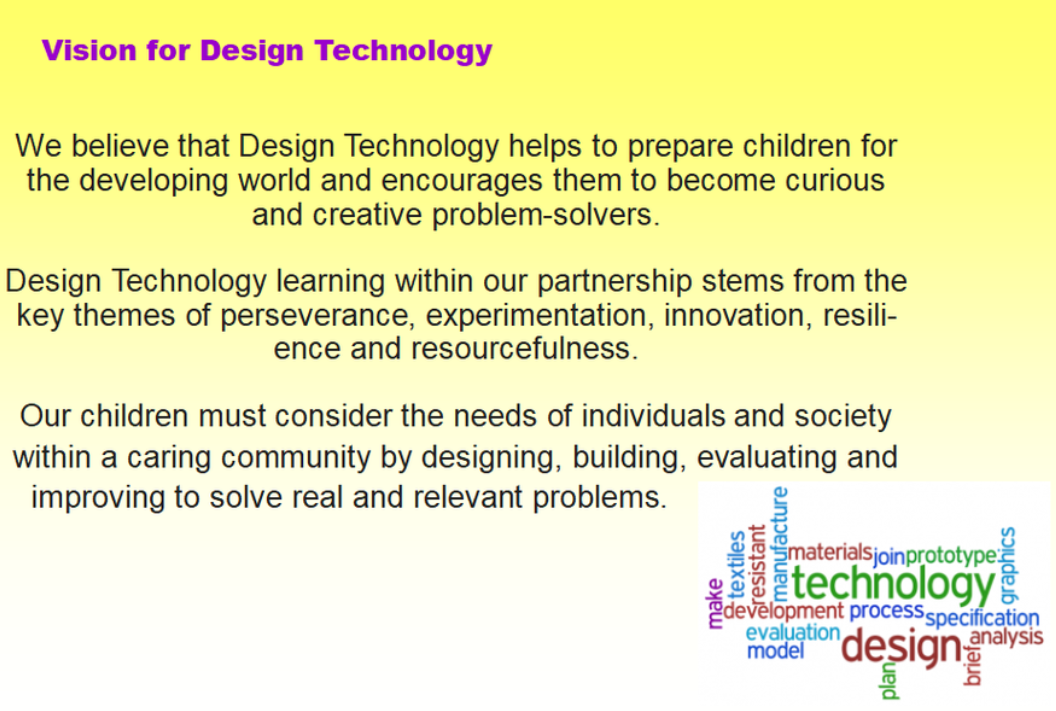
Useful Links:
